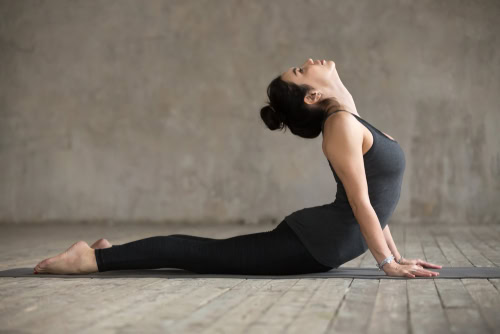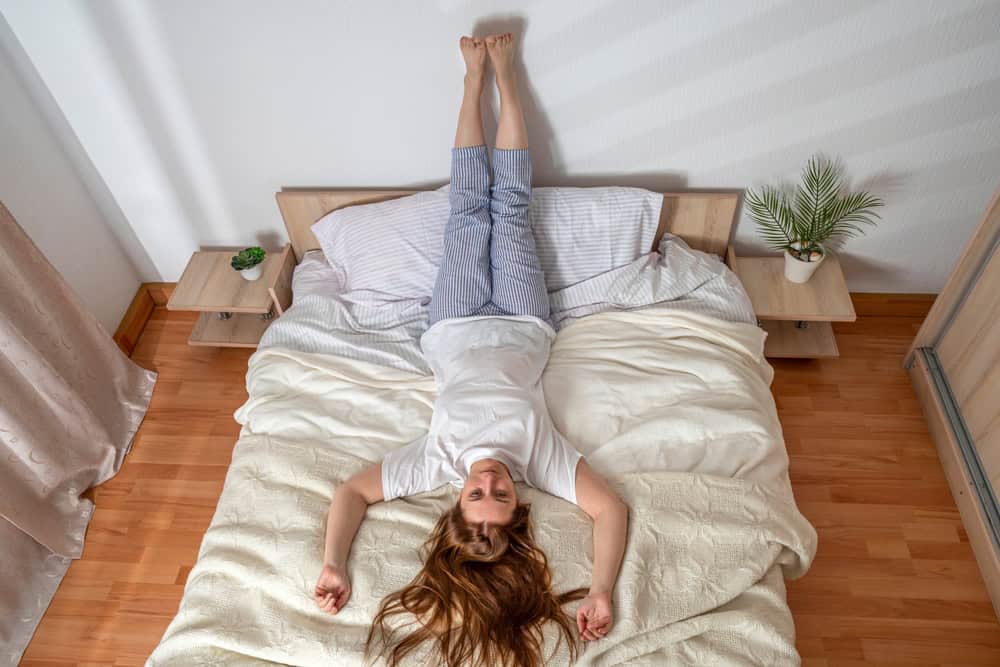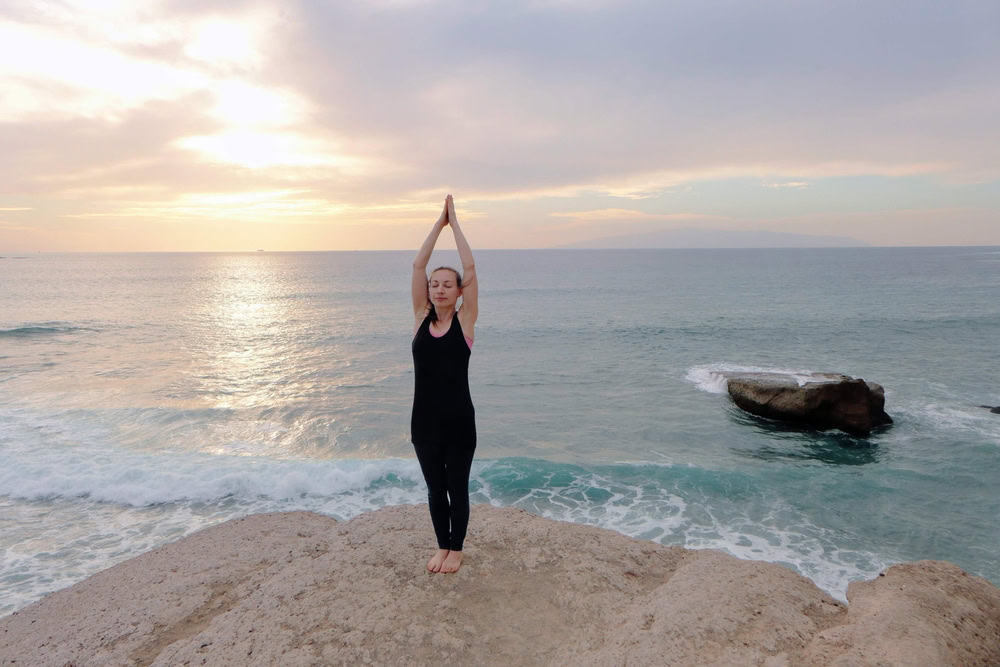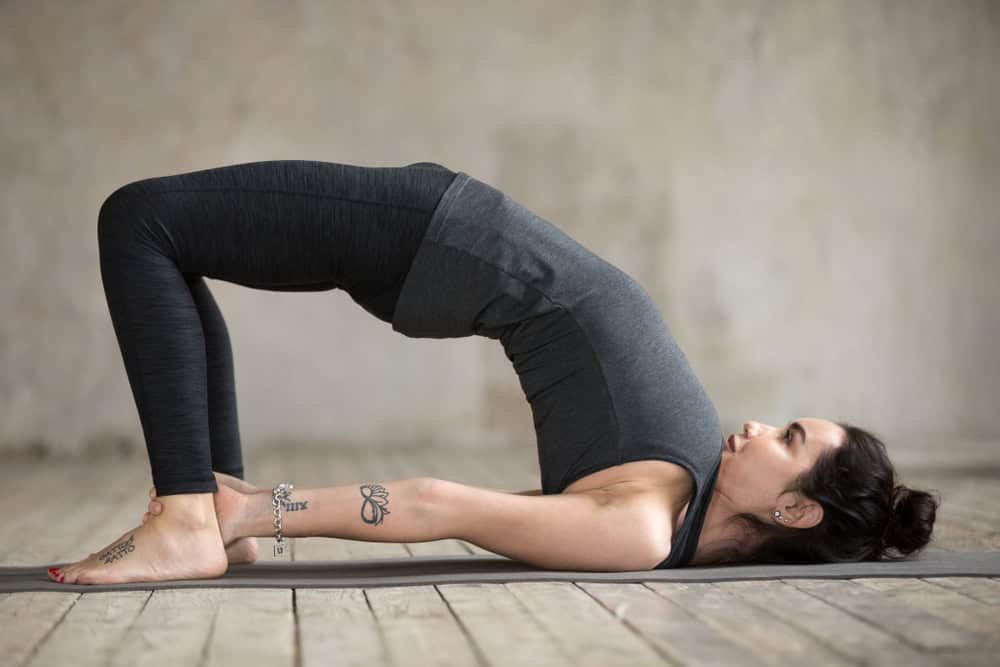
Yoga has long been celebrated not just for calming the mind but also for strengthening the body. When Prime Minister Modi said, ‘Yoga se hi hoga,’ he wasn’t only referring to mental well-being; he was also highlighting yoga’s power to enhance physical health.
Yoga is more than just movement; it’s a holistic approach that harmonizes the body, mind, and breath. Through asanas (postures), pranayama (breathwork), and meditation, yoga helps lower stress, reduce inflammation, and rebalance hormones, factors at the root of many chronic conditions.
Every year, June 21st is celebrated as the International Day of Yoga, a tradition that honors yoga’s growing relevance in modern healthcare. With chronic conditions like diabetes, high blood pressure, and metabolic disorders on the rise, yoga is emerging as a powerful lifestyle intervention, one that complements medicine by improving stress response, insulin sensitivity, and cardiovascular health.
This year’s theme, “Yoga for One Earth, One Health,” emphasizes the deep connection between personal well-being and the planet, reminding us that even a few mindful breaths each day can nurture both ourselves and the Earth.
Whether you are a beginner or an experienced practitioner, dedicating time to practicing yoga each day can bring about positive transformations in your body, mind, and spirit. Start with getting a yoga mat first. Buy now
Yoga for Diabetes

Yoga can be a powerful tool in managing type 2 diabetes, going beyond physical movement to target the body’s endocrine and nervous systems. Studies show that regular yoga can lower long-term blood sugar levels. In one study, people who did yoga for just 40 days saw their HbA1c (a marker of blood sugar control) drop from 9.03 to 7.83.[1].
How it helps:
–Improves insulin sensitivity: Regular practice helps cells respond better to insulin, making it easier to regulate blood sugar.
-Lowers cortisol levels: Stress hormones like cortisol raise blood glucose; yoga calms the nervous system, reducing this effect.
–Stimulates pancreatic function: Twisting and compression poses massage internal organs, aiding insulin production.
-Aids weight loss: Consistent yoga supports abdominal fat loss, which is important for diabetes control.
Recommended poses:
1. Dhanurasana (Bow Pose)

While doing this pose, the body forms the shape of a bow. It helps improve spinal flexibility, strengthens the back and core muscles, and stimulates the pancreas, supporting better insulin sensitivity.
How to do it:
-Lie on your stomach, bend your knees, and hold your ankles.
-Inhale and lift your chest and legs off the ground.
-Hold for 15 seconds, then relax.
Who should avoid it:
People who:
-are pregnant
-have had recent abdominal surgery
-suffer from a hernia
-have high or low blood pressure
-have back or neck injuries
-experience severe headaches or migraines
2. Bhujangasana (Cobra Pose)

The cobra pose is believed to help manage diabetes by stimulating the pancreas and improving blood circulation. It may also contribute to stress reduction, which can indirectly affect blood sugar levels.
How to do it:
-Lie face down, place palms beside your chest.
-Push upward with your arms, lifting your torso.
-Hold for 15 seconds, breathing deeply.
Who should avoid it:
People with:
-a back injury
-carpal tunnel syndrome
-pregnancy
3. Viparita Karani (Legs Up the Wall)

This pose contributes to managing elevated blood sugar by promoting effective lymphatic drainage, maintaining balanced blood circulation, and reducing stress.
How to do it:
-Lie down with your legs resting vertically against a wall.
-Arms relaxed by your side, stay in the pose for 10 minutes.
Who should avoid it:
It is an inversion pose, so not to be performed:
-by menstruating women
-people with back or neck issues
Yoga for High Blood Pressure (Hypertension)

Often termed the “silent killer,” hypertension responds well to gentle yoga and breathwork by calming the cardiovascular system. Yoga can significantly lower blood pressure, especially when it includes postures, breathing, and meditation, showing reductions of up to 8 mmHg systolic and 6 mmHg diastolic, making it a helpful practice for people with prehypertension or hypertension[2].
How it helps:
-Activates parasympathetic response: Slows heart rate and relaxes blood vessels
–Reduces stress hormones: Reduces hormones like cortisol that can raise blood pressure.
-Balances your stress response: Improves how well your body copes with daily stress
Recommended poses:
1. Shavasana (Corpse Pose)

When life moves fast, we often forget how to slow down. Savasana, the resting pose, releases tension, giving your body and mind a deep relaxation, something that’s especially helpful for lowering high blood pressure.
How to do it:
-Lie flat on your back, arms by your sides, palms facing up.
-Let your legs fall open naturally. Gently tuck your shoulder blades in and relax the whole body.
-Close your eyes and stay still for 10–20 minutes, focusing on your breath.
When to avoid:
–In case of back issues
-pregnancy
2. Balasana (Child’s Pose)

A gentle resting pose that calms the mind and relaxes the body. It helps relieve fatigue, eases stress, improves digestion, strengthens the back, and stretches the hips and ankles.
How to do it:
-Kneel and sit back on your heels.
-Inhale, raise arms; exhale, bend forward to touch forehead to floor.
-Stretch arms ahead, breathe deeply, and relax.
-Inhale to return upright, rest palms on knees.
When to avoid:
If you have:
-diarrhea
-heart issues
-recent surgery
-knee injuries
3. Paschimottanasana (Seated Forward Bend)

This calming forward bend soothes the nervous system, slows the heart rate, and helps release tension, making it ideal for reducing high blood pressure.
How to do It:
-Sit with legs extended forward, spine tall (Dandasana).
-Inhale deeply, exhale, and hinge from your hips, keeping your spine long as you fold forward.
-Reach hands toward your feet or ankles.
-Rest your head on your legs, breathe slowly, and stay in the pose for 1–3 minutes.
When to avoid:
-If you have a back injury
-During pregnancy
-In case of asthma or diarrhea
Yoga for Metabolic Syndrome

Metabolic syndrome includes conditions like belly fat, high blood pressure, high blood sugar, and abnormal cholesterol. Yoga may improve key markers of metabolic health like blood pressure, waist circumference, and inflammation. Paired with a balanced diet and regular checkups, yoga can become a core part of managing metabolic health.
How it helps:
A 1-year study showed that regular yoga practice (3 sessions/week) helped people with metabolic syndrome by[3]:
-Lowering harmful inflammatory markers (proinflammatory adipokines)
-Increasing protective, anti-inflammatory proteins
-Reducing waist size and blood pressure
These changes support better blood sugar control, reduced heart risk, and improved overall metabolic balance.
Recommended poses:
1. Tadasana

Tadasana improves posture, balance, and gently activates the core, legs, and back. It boosts circulation, supports better insulin sensitivity, and can help reduce stress, an important factor in managing metabolic health.
How to do It:
-Stand tall with feet together, arms by your sides.
-Distribute your weight evenly on both feet.
-Inhale and raise your arms overhead, palms facing each other.
-Stretch your body upward, breathe in, and hold for 30–60 seconds.
-Exhale and release back to the starting position.
-Repeat 2–3 times, focusing on slow, mindful breathing.
When to avoid:
-If you feel dizzy or unsteady
-In case of severe low blood pressure
2. Trikonasana (Triangle Pose)

It stimulates digestion, reduces waist circumference, and improves insulin sensitivity.
How to do it:
-Stand with feet wide apart.
-Extend arms out to shoulder level.
-Bend to the right side and touch your foot with your right hand.
-Stretch your left arm toward the ceiling.
-Hold for 15–30 seconds, then switch sides.
When to avoid
If you have:
-low blood pressure
-recent hip/knee injury
3. Setu Bandhasana (Bridge Pose)

This pose stimulates the thyroid gland, improves digestion, and strengthens the core and glutes.
How to do it:
-Lie on your back, knees bent, feet hip-width apart.
-Arms by your side, palms down.
-Lift hips while pressing into your feet and shoulders.
-Hold for 15–30 seconds.
When to avoid:
In case of neck or back injury.
To conclude,
Whether you’re seeking better health, a calmer mind, or simply a deeper connection with yourself and the world around you, yoga offers a timeless path toward well-being for all. This International Day of Yoga lets us embrace yoga not just as a practice but as a way of life.
(The article is written by Dr.Subita Alagh, Senior Executive, and reviewed by Monalisa Deka, Senior Health Content Editor)
Recommended Reads
The Science Behind Yoga: Exploring The Physical And Mental Benefits
10 Ways To Manage Hypertension Naturally
References
1. Singh S, Malhotra V, Singh KP, et al. Role of yoga in modifying certain cardiovascular functions in type 2 diabetic patients. J Assoc Physicians India 2004;52:203–206.
2. Hagins M, States R, Selfe T, Innes K. Effectiveness of yoga for hypertension: systematic review and meta-analysis. Evid Based Complement Alternat Med. 2013;2013:649836.
3. Supriya R, Yu AP, Lee PH, et al. Yoga training modulates adipokines in adults with high-normal blood pressure and metabolic syndrome. Scand J Med Sci Sports. 2018;28(3):1130-1138